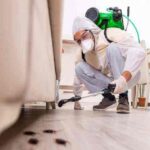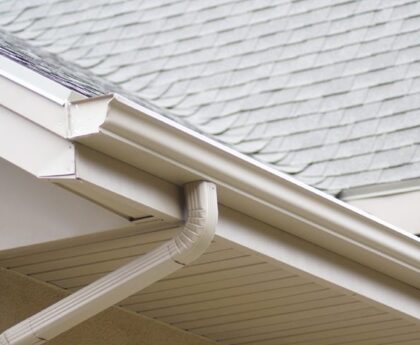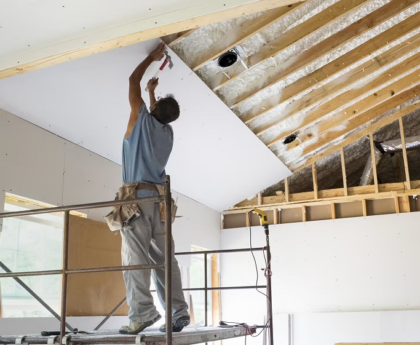Water damage, whether from a burst pipe, a leaky roof, or a flooded basement, can strike your home at any unexpected moment. And when it happens, every second matters. The more water stays, the more it damages. From mold growth to structural weakening, a delayed repair of water damage can easily turn a minor issue into a giant headache.
So, what is the good news? By taking quick action and doing it in the appropriate manner, you can reduce the extent of damage. If you are facing water trouble for the first time or you want to stay prepared, here are 7 smart tips to handle water damage repairs quickly and effectively.
1.Stop the Water Source Immediately
You must prevent further damage before water damage repairs. In the case of a roof leak or appliance accident, turn off the source and proceed with the cleanup. Every minute counts; the faster you stop the water, the less damage you’ll have to deal with.
2.Prioritize Safety First
Water damage can cause hazardous conditions. A few risks include electrical systems, slippery surfaces, and weakened structures. Therefore, switch off power to damaged sections and put on protective clothing before residential water damage repair. Nothing is more important than your safety, so never walk into water without electrical hazard testing.
3.Get Rid of Standing Water
With buckets, mops, wet vacs, or sump pumps, remove as much standing water as possible. The aim is to dry the wet area quickly before water soaks further into floorings, drywall, or insulation. You should act fast in such a situation. However, removing standing water early can reduce the need for major repairs.
4.Dry and Ventilate the Area
After water removal, drying sets in. Mold and rot can be a result of moisture that is lurking in walls and floors. Therefore, do not think that the area is dry, as residential water damage repair specialists discover hidden moisture after the surface appears to be dry.
5.Check for Mold and Mildew
Check your walls, ceilings, carpets, and furniture. When you see black spots or musty smells or even visible mold, then it is time to take action. On big growths, never hesitate to call a professional. However, early intervention with mold can save your health and long-term damage to your house.
6. Start Repairs the Right Way
After the incident, dry and clean up first, then start to repair or replace damaged materials such as drywall, flooring, or wood trim. Make an inventory of what you replace, save receipts, and use photos as insurance. Comprehensive repair not only returns your space to usefulness, it helps avoid future issues such as warping or cracking. With these tips, you can take control of the situation and avoid costly consequences. The key is to act fast and stay safe.




